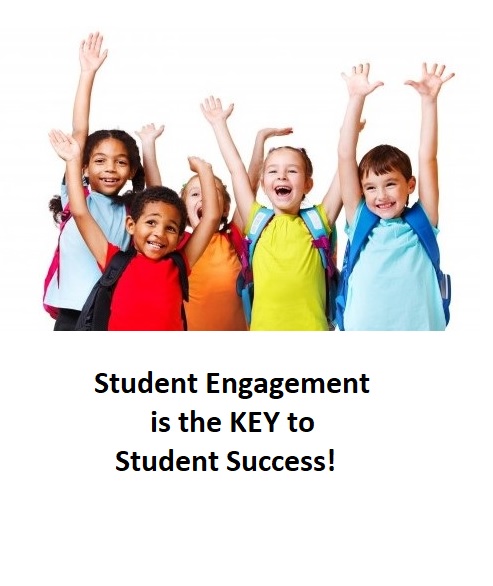I found chapters 8 and 9 of Christie, Enz, Vukelich, & Roskos (2014) most interesting yet because it focuses on strategies to best assist types of learners I work with on a daily basis. Many strategies are identical to a variety of learners we work with daily, but how we approach the need of each individual learner is key. The authors of the textbook suggest strategies for early readers, English Learners, and exceptional learners. The textbook states that reading instruction should be based upon a foundation of evident based programs and practices. Two of the main goals of reading instruction are helping students learn how to decode words (by teaching phonics) and then helping them apply the decoding skills automatically for fluent reading. I whole-heartedly agree that in order to foster learning and reading there are several strategies we should take into consideration. Some key elements of good reading instruction is providing an enriching environment of literature with a variety of reading levels, genres, and topics which create imaginative thoughts and provoke interactions of young minds of early readers and offering materials for drawing and writing within authentic learning can be just as important.
The growing population of English Learners in the United States requires educators to teach strategies to enable ELL children to learn to read in English and to read in English to learn. First, ELLs should develop an understanding of phonology, morphology, and syntax, and pragmatics of English as they are learning new vocabulary and new concepts. ELLs best learn by developing listening, speaking, reading, and writing skills through meaningful and motivating contexts created around literature and language-based instruction. Book walks can create engaging dialogue for ELLs. Graphic organizers, such as Venn Diagrams and semantic maps, are good options to use while exploring stories and their meanings. English Learners need extra time to learn the regular curriculum plus English. Pre-teaching vocabulary and opportunities for oral communication will only increase the success of second language learners.
Explicit instruction in basic reading skills can be a great benefit for teaching children with special needs. Many of the strategies used for teaching early readers and ELLs are the same used for exceptional learners, only the process may be more explicitly taught. Once reading levels have been determined, the following strategies should be put in place. Picture books provide students with special needs opportunities for conversation along with an overview of the sequence of story content. Repetition of readings can increase fluency. Providing tools to eliminate visual distractions can be helpful as well.
Fluency is essential for reading. I read aloud to my students to model fluent reading. Other strategies I have used are having audio books for students to follow along as it is read to them. We practice sight words often. Students who participate in reader’s theater, paired reading, choral reading, and repeated reading can improve fluency.
Fluency is important, but if students are not understanding what they are reading, how can they make meaningful comprehension from the text? It is important for teachers to model think alouds as they read to students. Teachers can create opportunities to ask questions about the illustrations, setting, main points, and author’s purpose throughout the readings to check for student understanding.
Teachers can collect data such as fluency running records which show the rate of fluency over a period of time. Formative assessments can be utilized throughout a unit to check for understanding of contexts of information being taught. These types of data checks help educators form small or whole group instruction for areas to be retaught and targeted for better student learning outcomes to prepare for summative assessments.

